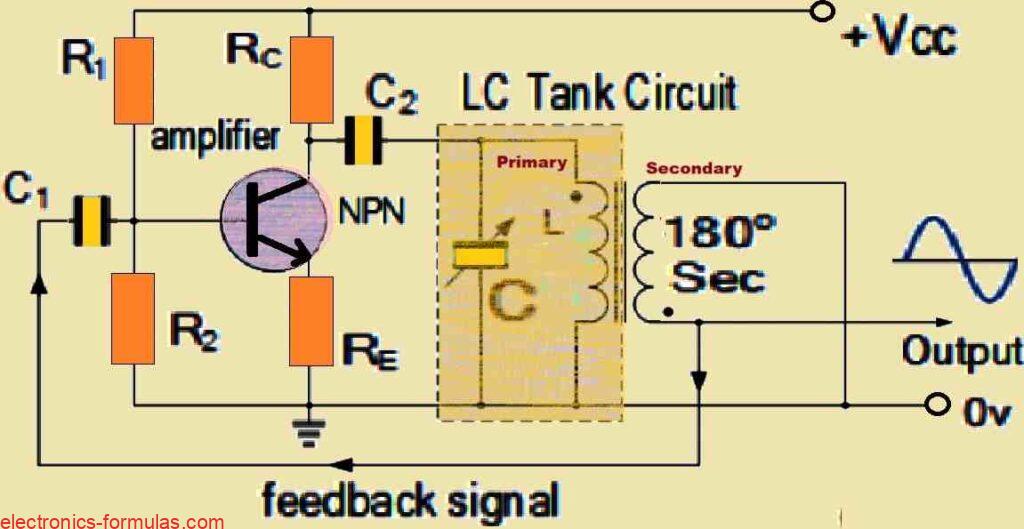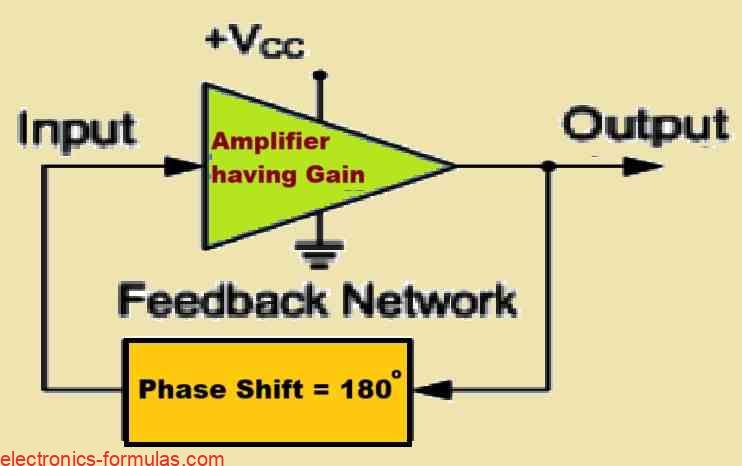When we talk about voltage regulation we are looking at how good a transformer is at keeping its secondary voltage steady even when the load changes. Sometimes the output voltage we get from the secondary side is not exactly what we were expecting and that is where voltage regulation comes into play. Now when you […]
Formulas
Electrical Transformer Working: Explained with Formulas
In this tutorial about transformers I will explain the basics in simple terms. As we know transformers can work without any moving parts inside and it is mainly used to change voltage levels so that we can transfer energy from one circuit to another through electromagnetic induction. We use alternating current (AC) in our homes […]
Analyzing Armstrong Oscillator Circuit with Formulas
In this post I will explain the Armstrong Oscillator which is yet another type of an LC oscillator circuit. What makes this so special is that it uses a parallel resonator circuit to store energy and then switches that energy between its two primary elements, the inductor (L) and the capacitor (C). The back-and-forth exchange of energy […]
Understanding RC Oscillator Circuit, with Formulas
We all known that a single-stage transistor amplifier, when built as a common-emitter amplifier, may initiate a 180-degree phase shift between its output and input signals. This built-in characteristic of the amplifier design could be used to build an effective RC oscillator circuit. Interestingly it may be possible for us to construct transistor stages to […]



